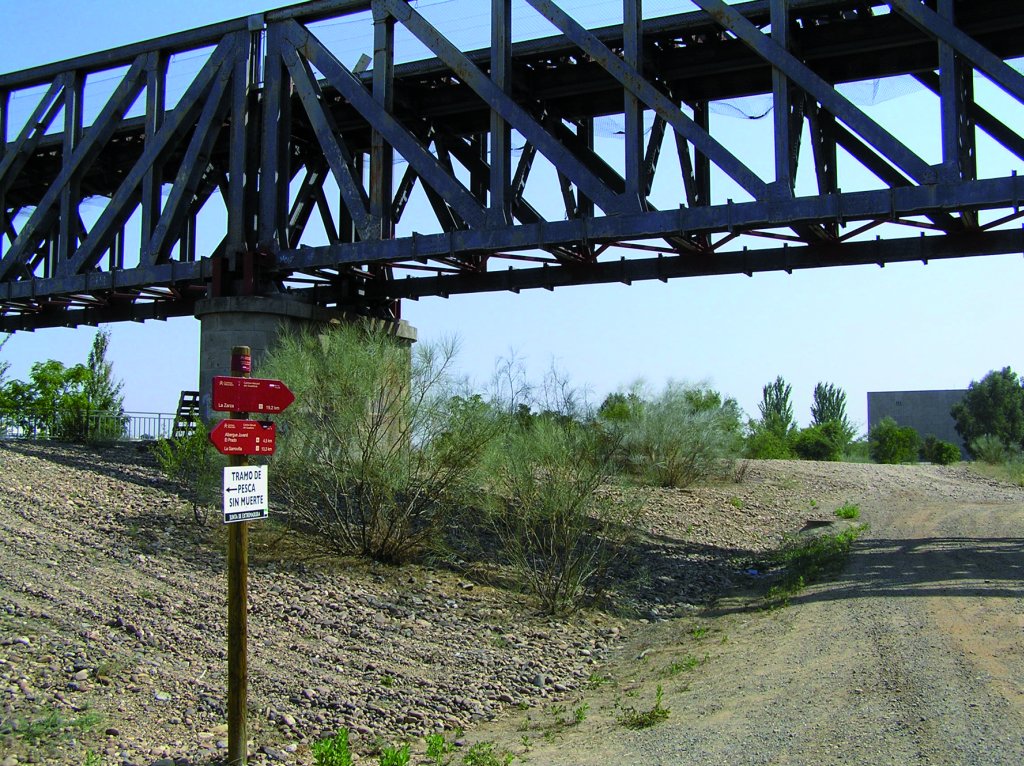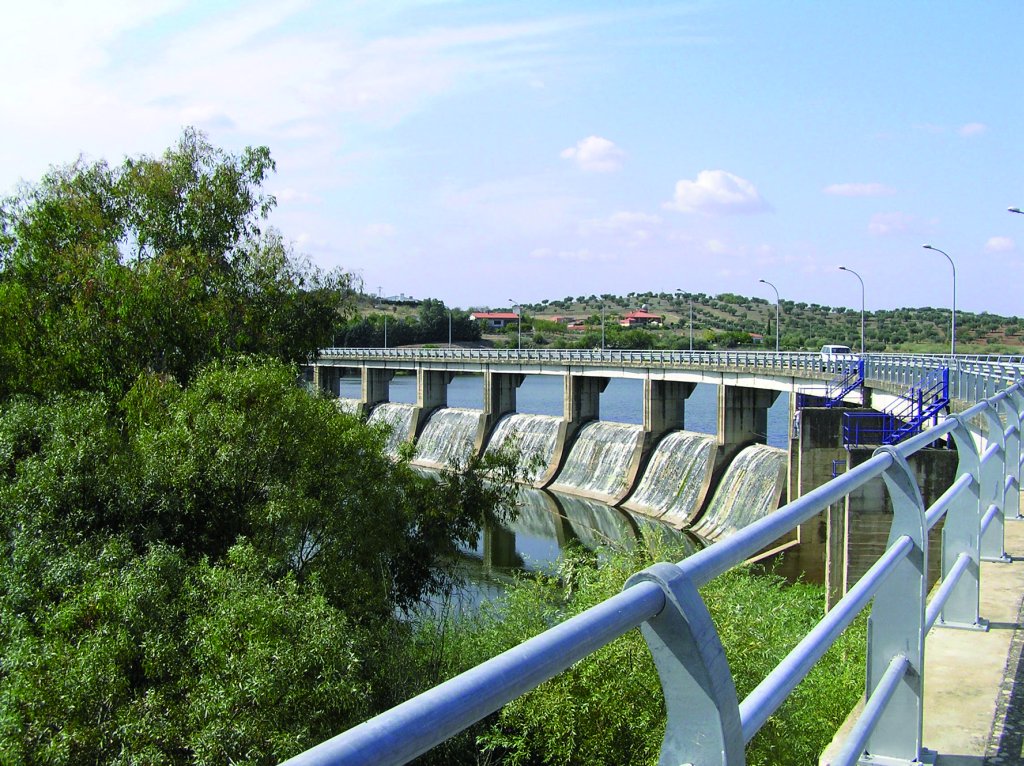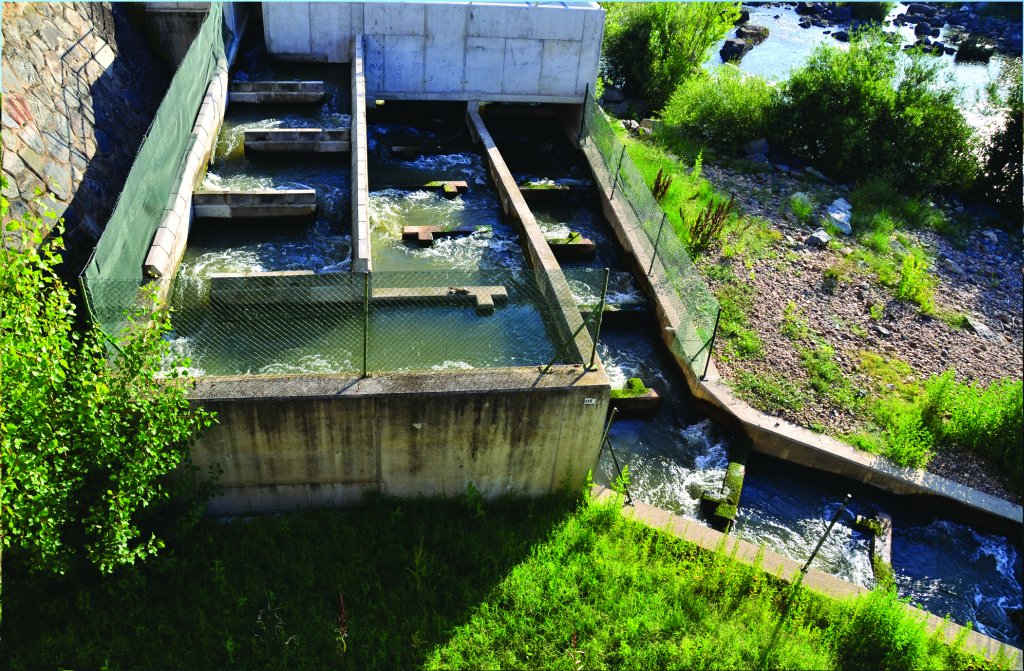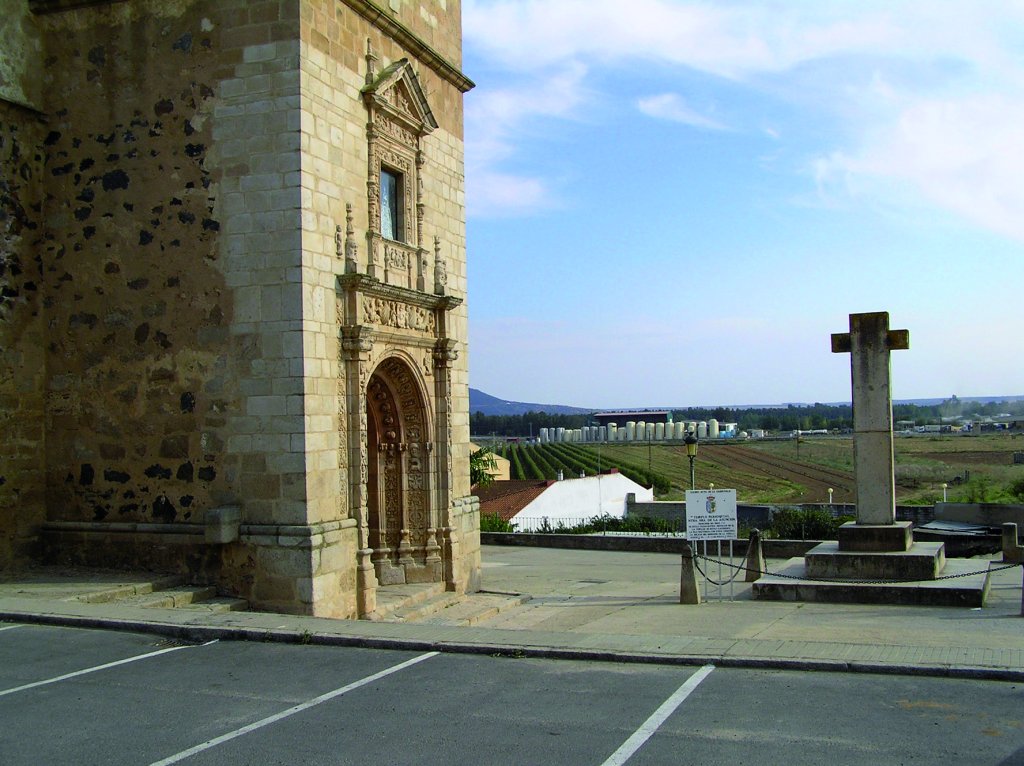Stage 32: Mérida - La Garrovilla
Description

Along the Montijo Reservoir
The Stage leaves Mérida, the Roman Augusta Emerita towards Montijo Reservoir, traversing through Guijo and Solano hills, to continue along the namesake canal. On this route, one can appreciate the abundant waterfowl that inhabit the reservoir and the surrounding areas throughout the year.
The Stage begins in the Mérida at the park on the left bank of the River Guadiana. The route passes under several bridges on the river, including the new bridge, the Roman bridge, the Lusitania Bridge, the railway bridge and the bridge on the A-5 motorway.
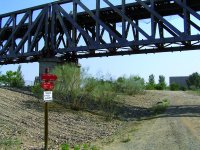
There is a youth hostel about 4.5 km from the start of the Stage, on the River Guadiana beach, where Merida’s youth meet weekly. Past the hostel, bollards limit the access to the Trail by motorised vehicles. One can walk for about 2 km flanked by holm oaks (Quercus ilex), ashes (Fraxinus sp.), poplars (Populus spp.) and eucalyptus (Eucalyptus ssp.) without the noise of vehicles.
The route continues along the River Guadiana until it arrives at Montijo Dam, declared a Special Protection Area for Birds (SPA). The path ends at the base of the dam and Lobón Canal, under which the route passes twice. The road leading to and from the dam and along the canal is quite steep.
The road that crosses Montijo Dam has pedestrian lanes on both sides, from where one can enjoy views of both sides of the reservoir. This reservoir is unique in terms of location and operation. The water it holds comes primarily from the River Guadiana, downstream from Mérida, and the River Aljucén, a tributary of the former.
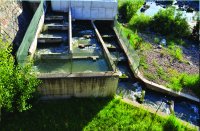
While it does not contain any priority habitats, there are at least four areas of interest: open, deep waters; aquatic vegetation; riparian forests; and islands. It should also be noted that there are also (rain-fed and irrigated) fields, oak forests, grasslands, etc. However, the importance of this area for a large variety of bird species cannot be overstated. Indeed, the route runs almost entirely within the “Mérida-Embalse de Montijo” for IBA (Important Bird Area). Large numbers of waterfowl use the water and the surrounding environment throughout the year. White Stork (Ciconia ciconia) and Little Egret (Egretta garzetta) abound, although it is used mostly for feeding. There are also large populations of Mallard or Northern Mallard (Anas platyrhynchos). There have been sightings of Great Egrets (Egretta alba), during the breeding migration, which may mean that they have expanded their range.
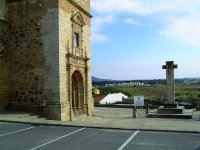
Past the dam, the route continues to the left, along a path paved by the River Authority that runs parallel to the Montijo Canal, along its left side.
The Trail reaches a T-junction with the left path leading to Stage 33, towards Lobón, and the right to La Garrovilla. Sections 32 and 33 share this last stretch that leads to and from the town, which is, respectively the start and end point. The route crosses the intersection and passes through a tunnel under the railway, close to La Garrovilla, where it ends.
Sites of interest
Profile
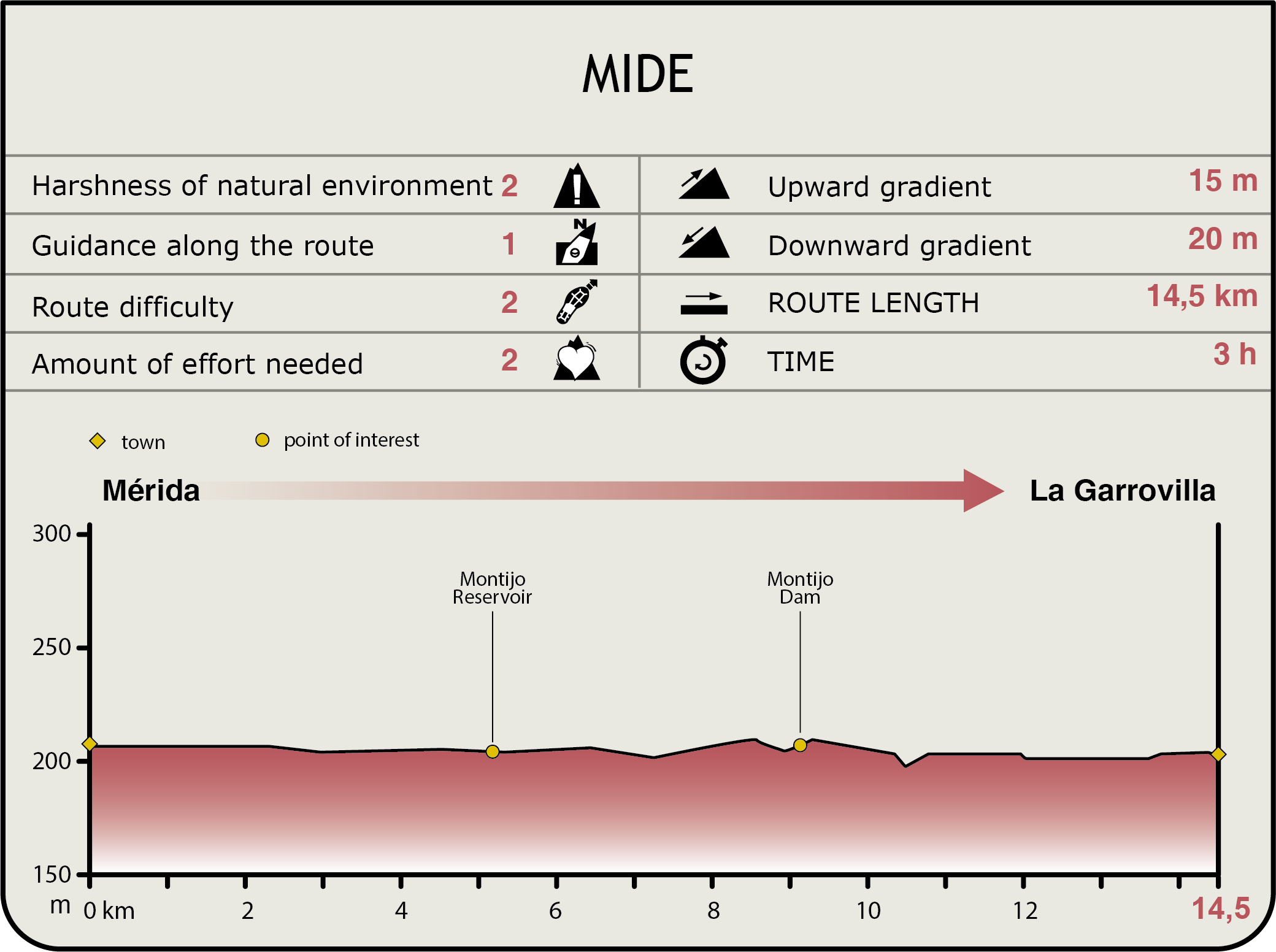
MIDE (Method for the Information of Excursions)
Featured
Further information
La Garrovilla
La Garrovilla has a privileged geographic location. It is very well connected by road, and is only 15 km from Mérida, the region's capital, and 13.5 from Montijo (a large urban area with close to 15,000 inhabitants).
Following the depopulation of the area, the establishment of settlements was encouraged throughout the thirteenth century through land grants for grazing and farming. Its original name may have been "Algarroba", which was later changed into Algarrobilla, and then La Garrovilla. It was awarded a city charter in the late sixteenth century, gaining independence from the neighbouring Mérida. The town was hard hit during the Spanish-Portuguese wars and the War of Independence, losing much of its population. It was not until the arrival of the railroad that the town saw a surge in its population.
Although La Garrovilla has few architectural monuments, the Church of Nuestra Señora de la Asunción is worth a visit. The most striking feature is the tower's superb plateresque façade, which consists of a highly ornamented, portico entrance with a window above, whose quality and detail is comparable to the façades of the best parish churches in the region. It is undoubtedly the most notable of its kind in the area of Mérida. The belfry was added to the tower during a later period. La Garrovilla is ideal for those seeking a quiet, family-friendly place, away from the hustle and bustle of a city, but not its conveniences.
